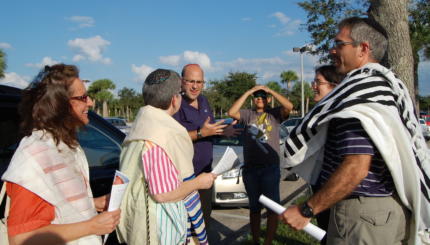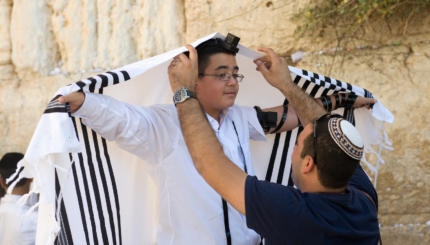Yesterday in the office, I brought up a question I have had since my Bar Mitzvah, but thought I was the only one who didn’t know the answer. It turns out that I am not.
What is a phylactery anyway? I believe that the reason we have English translations for Hebrew religious terms is to better explain what the term means. For example, a tallit, is also known as a prayer shawl. If you didn’t know what a tallit was, through deductive logic, you could probably figure out that it is a shawl you wear when you pray.
But honestly, what thirteen year old, knows what the definition of phylactery is? Can’t we just refer to them as t’fillin?
I decided that I know longer wanted to be in the dark and would learn what a phylactery is. It turns out that its origins are from the Greek term, phylakterion, which means amulet.
Back to my rant though. How many times in your life have you heard this statement: “Jews put on t’fillin, or phylacteries, weekday mornings…” and then realized how redundant that statement is? As opposed to “prayer shawl,” I have never heard the word phylactery used in any other context except for explaining the word, t’fillin.
Can’t we just refer to them as “black leather strap thingies?”
tallit
Pronounced: tah-LEET or TAH-liss, Origin: Hebrew, prayer shawl.


